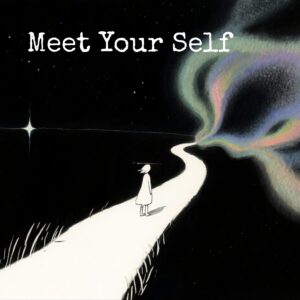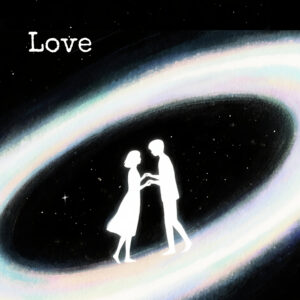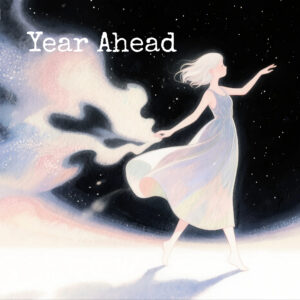The Birth of a Modern Cosmic Humanism
In the 20th century—a time when astrology was dismissed as superstition by science yet quietly reborn through psychology and spirituality—Dane Rudhyar (1895–1985 CE) emerged as its great reformer.
Composer, philosopher, and astrologer, Rudhyar transformed astrology from a system of prediction into a language of self-realization.
He gave birth to what we now call humanistic and transpersonal astrology, recasting the birth chart as a symbolic mandala of the evolving Self.
For Rudhyar, astrology was not about what will happen but what can unfold. The stars did not dictate fate—they invited participation in cosmic purpose.
Life and Influences
Born Daniel Chennevière in Paris, Rudhyar studied music, art, and philosophy from a young age. He emigrated to the United States in 1916, becoming part of the avant-garde artistic and spiritual movements that flourished in early 20th-century California.
A polymath fluent in the languages of Theosophy, Jungian psychology, and Eastern mysticism, Rudhyar absorbed influences from Nietzsche, Blavatsky, Tagore, and Jung.
Trained as a composer under the influence of Debussy, he conceived music and astrology as parallel arts—both expressions of rhythm, resonance, and meaning.
It was in America, among Theosophists and human potential pioneers, that Rudhyar began to reimagine astrology as a spiritual psychology of cycles, a tool for inner transformation rather than prediction.
The Birth of Humanistic Astrology
Rudhyar’s The Astrology of Personality (1936) marked a turning point in modern astrological thought.
In this landmark work, he fused depth psychology, Eastern philosophy, and existential humanism into a coherent vision of astrology as the study of the individual’s journey toward wholeness.
Key principles of his system included:
The Birth Chart as Mandala — The horoscope represents the pattern of potential at the moment of birth, not fixed destiny but dynamic structure.
The Process of Becoming — Life unfolds cyclically, like music, through tension and resolution. Planetary transits mirror stages of growth in consciousness.
The Individual as Co-Creator — Humans participate in cosmic evolution; the chart is a map of their unique contribution to that greater harmony.
Astrology as Symbolic Language — Planets and signs are archetypal forces, not literal causes; they describe meaning, not mechanism.
This humanistic astrology placed the individual psyche—not external events—at the center of interpretation.
From Humanistic to Transpersonal
By the 1970s, Rudhyar’s thought evolved into transpersonal astrology, extending his humanistic ideas beyond the individual to the collective and spiritual dimensions of consciousness.
In The Planetarization of Consciousness (1970), he envisioned humanity awakening to its shared cosmic identity, guided by the symbolism of astrology.
He described astrology as a “seed language” for a new planetary culture—one that integrates science, spirituality, and ecology.
Where traditional astrology looked to predict outer fate, Rudhyar turned it inward, toward the evolution of the soul, and outward, toward the destiny of humanity.
Music, Symbol, and Rhythm
Rudhyar often described himself as “a composer of meaning.”
For him, astrology was musical: a living harmony of interrelated tones. Each planet, sign, and aspect resonated within the whole, and the astrologer’s role was to interpret this cosmic symphony.
He wrote:
“Astrology is not a science of fate, but an art of understanding the rhythms of being.”
His background in music lent his astrology a poetic and rhythmic dimension unmatched by technical manuals. He invited readers to listen to the chart as one listens to a symphony—attentively, with reverence for pattern and silence alike.
Relationship to Jung and Alan Leo
Rudhyar stood on the shoulders of both Alan Leo and Carl Jung.
From Leo, he inherited the theosophical idea of spiritual evolution; from Jung, the psychological insight into archetypes and individuation.
But Rudhyar went further—he redefined astrology as a creative act of consciousness, not merely a reflection of inner forces but a means to awaken them.
Where Leo moralized and Jung analyzed, Rudhyar synthesized—he turned astrology into a cosmological art form, a process of dialogue between psyche and cosmos.
Legacy and Influence
Rudhyar’s writings reshaped 20th-century astrology, inspiring generations of astrologers such as Stephen Arroyo, Liz Greene, Richard Tarnas, and Howard Sasportas.
His fusion of psychology, mysticism, and evolutionary vision laid the foundation for both archetypal and transpersonal astrology—branches that remain central to contemporary practice.
He also helped reintroduce astrology into intellectual and artistic circles, where it could again be seen not as fatalism, but as a spiritual science of meaning and wholeness.
The Cosmic Humanist
Dane Rudhyar gave astrology its modern soul.
He restored to it a sense of sacred purpose, uniting science, art, and mysticism in one vision of cosmic order.
In his world, every birth chart is a seed of divine possibility, and every life an evolving harmony within the larger music of the universe.
As he wrote near the end of his life:
“The universe is not a machine—it is a living whole. To be an astrologer is to participate in its song.”



